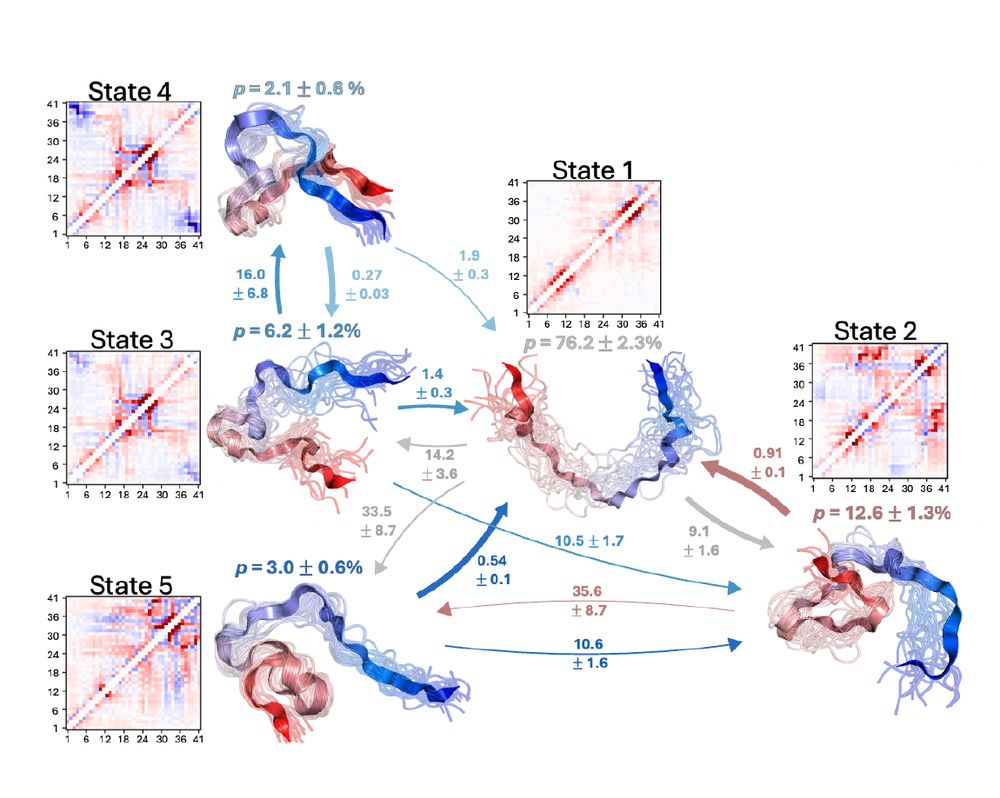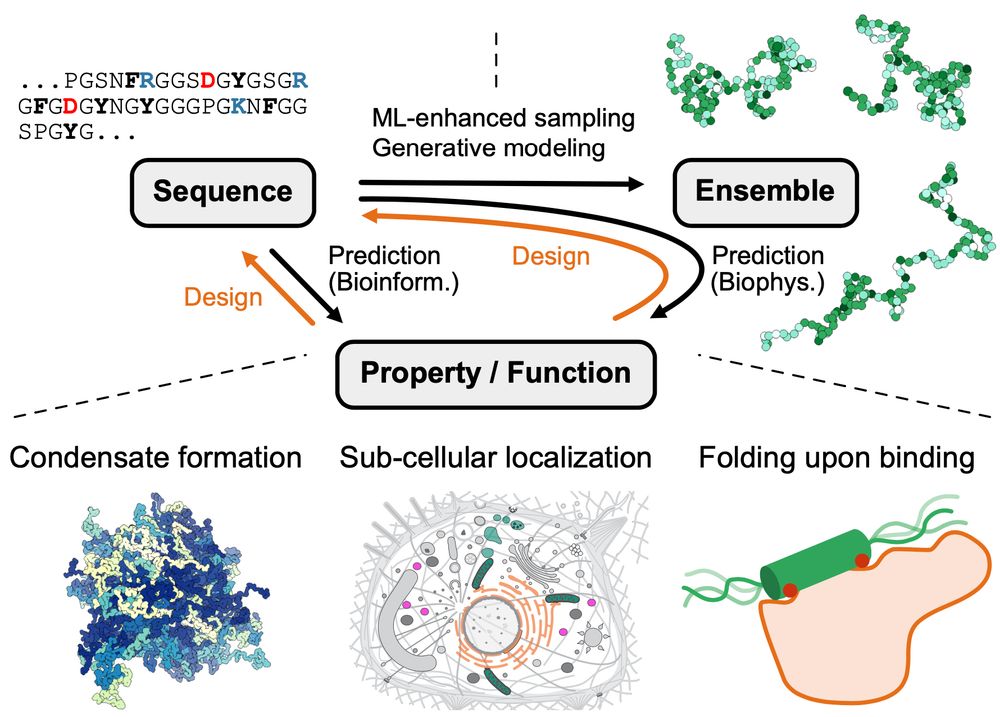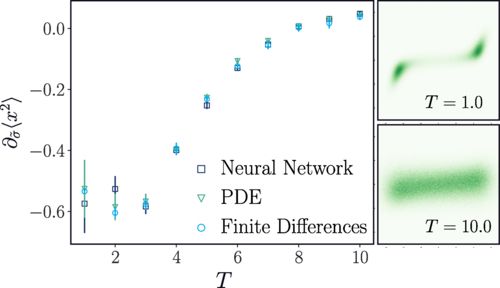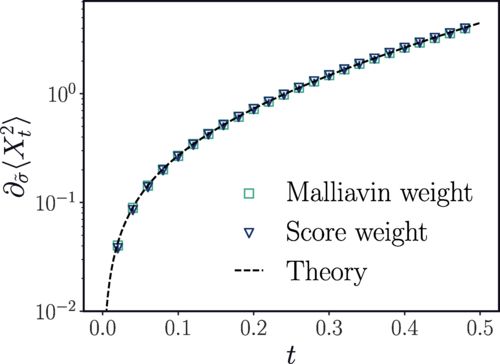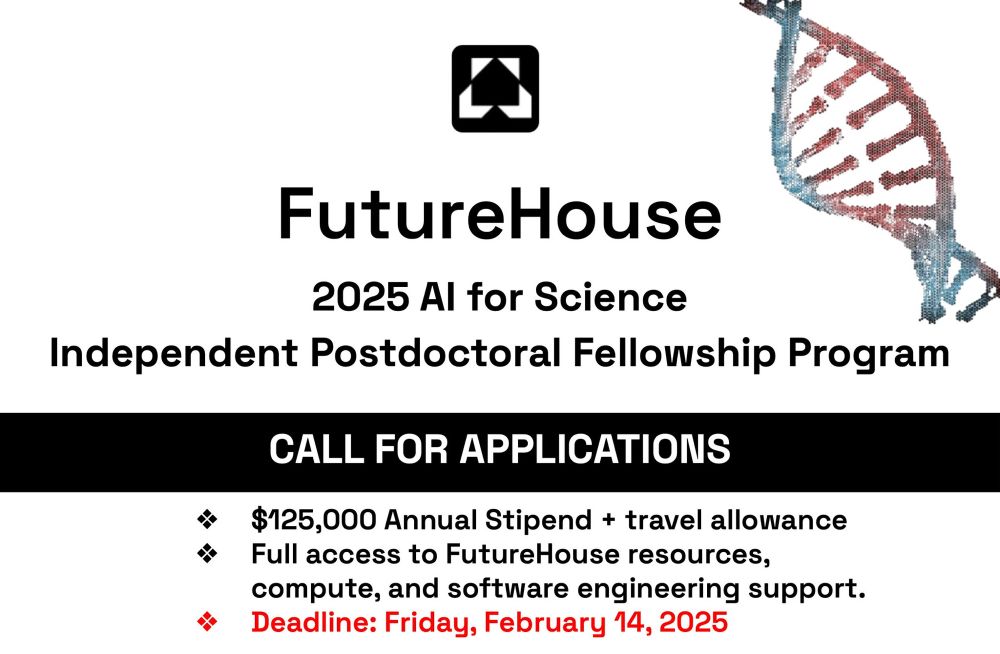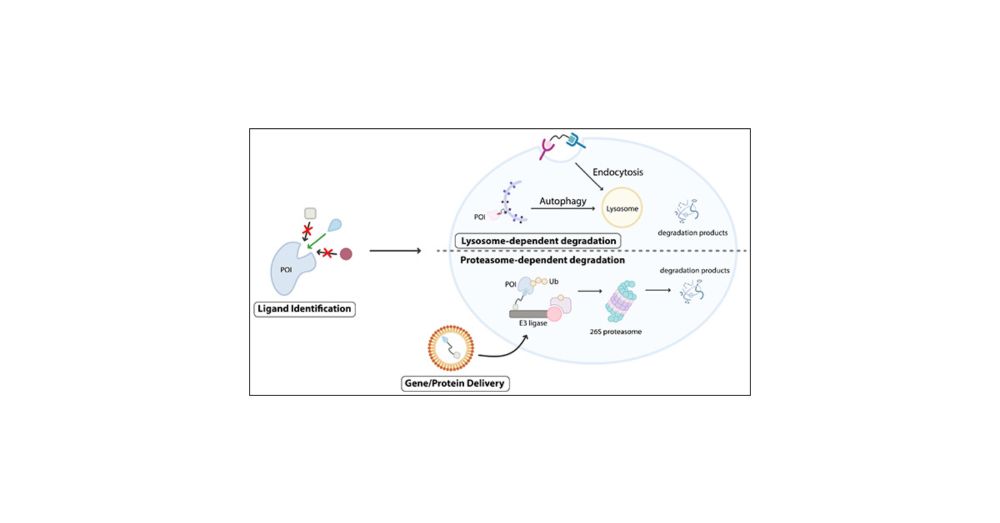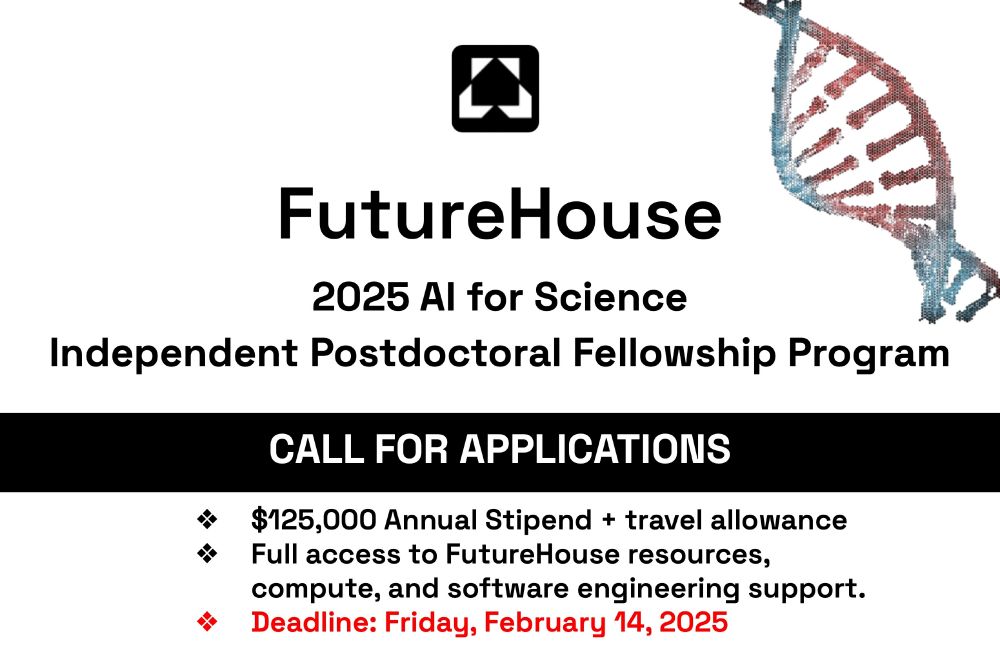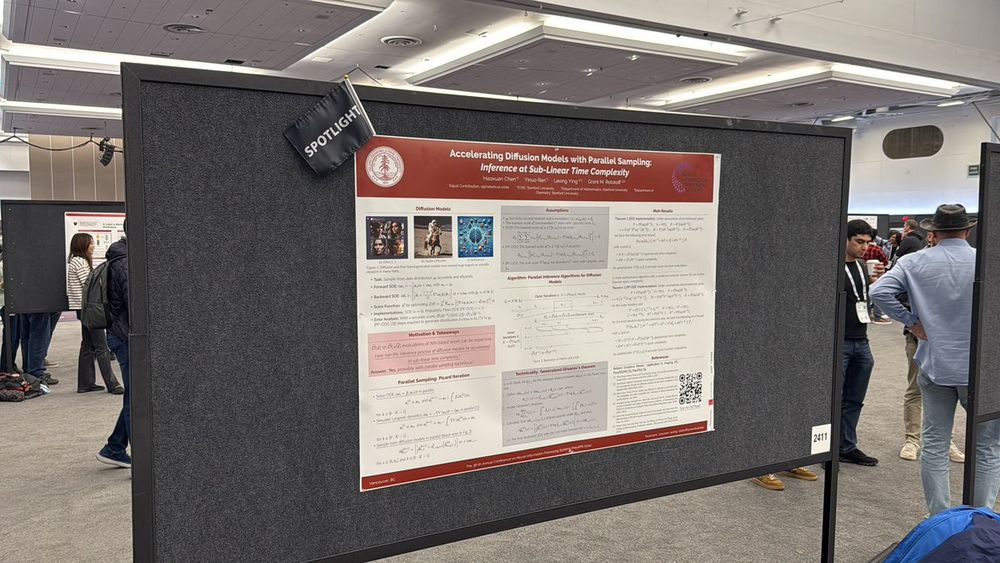Grant Rotskoff
@grant.rotskoff.cc
980 followers
110 following
19 posts
Statistical mechanic working on generative models for biophysics and beyond. Assistant professor at Stanford. https://statmech.stanford.edu
Posts
Media
Videos
Starter Packs
Reposted by Grant Rotskoff
Reposted by Grant Rotskoff
Reposted by Grant Rotskoff
Grant Rotskoff
@grant.rotskoff.cc
· May 1
Reposted by Grant Rotskoff
Grant Rotskoff
@grant.rotskoff.cc
· Mar 4
Grant Rotskoff
@grant.rotskoff.cc
· Mar 4
Grant Rotskoff
@grant.rotskoff.cc
· Mar 4
Grant Rotskoff
@grant.rotskoff.cc
· Mar 4
Grant Rotskoff
@grant.rotskoff.cc
· Mar 4
Reposted by Grant Rotskoff
Reposted by Grant Rotskoff
Grant Rotskoff
@grant.rotskoff.cc
· Dec 23
Grant Rotskoff
@grant.rotskoff.cc
· Dec 22
Kevin Jablonka
@handle.invalid
· Dec 21

From text to insight: large language models for chemical data extraction
The vast majority of chemical knowledge exists in unstructured natural language, yet structured data is crucial for innovative and systematic materials design. Traditionally, the field has relied on m...
pubs.rsc.org
Reposted by Grant Rotskoff
Rommie Amaro
@rommieamaro.bsky.social
· Dec 9
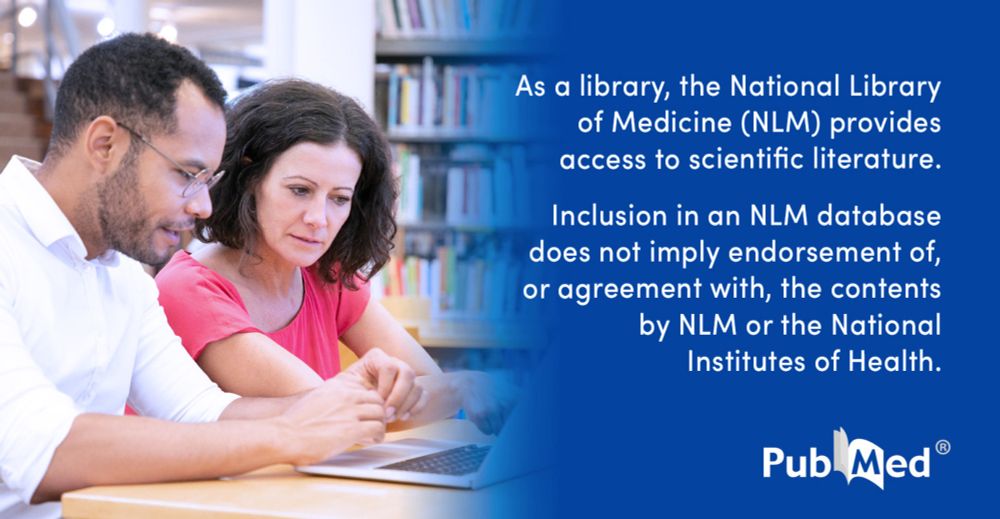
D3R grand challenge 4: blind prediction of protein-ligand poses, affinity rankings, and relative binding free energies - PubMed
The Drug Design Data Resource (D3R) aims to identify best practice methods for computer aided drug design through blinded ligand pose prediction and affinity challenges. Herein, we report on the resul...
pubmed.ncbi.nlm.nih.gov
Grant Rotskoff
@grant.rotskoff.cc
· Dec 7
Grant Rotskoff
@grant.rotskoff.cc
· Dec 2

The large deviation approach to statistical mechanics
The theory of large deviations is concerned with the exponential decay of probabilities of large fluctuations in random systems. These probabilities are important in many fields of study, including st...
arxiv.org
Grant Rotskoff
@grant.rotskoff.cc
· Dec 2


